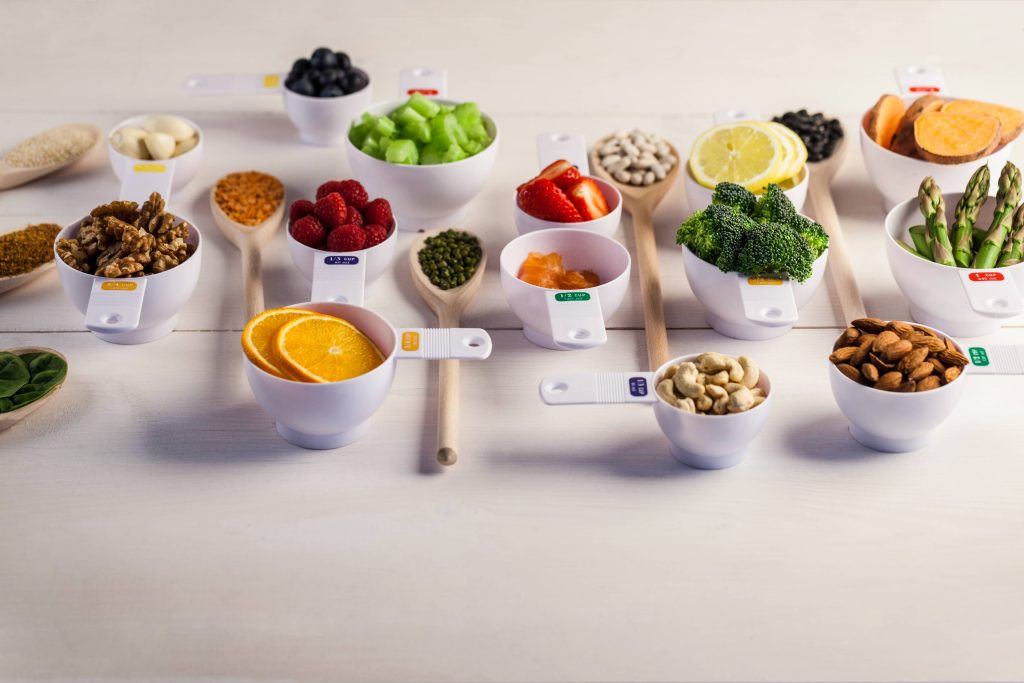
In today’s fast-paced world, maintaining a healthy diet can often feel like a daunting task. With the plethora of diet plans and nutritional advice available, it’s easy to become overwhelmed. However, the key to sustainable health and wellness lies in creating a personalized healthy eating plan that aligns with your unique lifestyle. This blog post will guide you through the process of crafting a diet that not only meets your nutritional needs but also fits seamlessly into your daily routine.
Understanding Your Nutritional Needs
Before embarking on any dietary changes, it’s crucial to understand your body’s specific nutritional requirements. These needs can vary based on factors such as age, gender, activity level, and health goals. For instance, an athlete may require a higher intake of carbohydrates and proteins to fuel their workouts, while someone aiming for weight loss might focus on reducing calorie intake and increasing fiber consumption.
To determine your nutritional needs, consider consulting with a registered dietitian or using online tools to calculate your daily caloric requirements. These resources can provide a baseline for the number of calories, macronutrients (carbohydrates, proteins, and fats), and micronutrients (vitamins and minerals) you should aim to consume each day.
Setting Realistic Goals
Once you have a clear understanding of your nutritional needs, the next step is to set realistic and achievable goals. Whether your aim is to lose weight, gain muscle, or simply maintain your current health, setting specific, measurable, attainable, relevant, and time-bound (SMART) goals can help keep you on track.
For example, instead of setting a vague goal like “eat healthier,” try something more specific like “increase my vegetable intake to five servings per day over the next month.” This approach not only provides a clear target but also allows you to track your progress and make adjustments as needed.
Assessing Your Lifestyle
A personalized eating plan should complement your lifestyle, not disrupt it. Consider your daily schedule, work commitments, and social activities when designing your diet. If you have a busy work life, you might benefit from meal prepping on weekends to ensure you have healthy options readily available during the week. Alternatively, if you frequently dine out, learning to make healthier choices at restaurants can be a valuable skill.
It’s also important to consider any dietary restrictions or preferences you may have. Whether you’re vegetarian, vegan, gluten-free, or have specific food allergies, your eating plan should accommodate these needs while still providing balanced nutrition.
Building a Balanced Plate
A well-rounded diet includes a variety of foods from all food groups. Aim to fill half your plate with fruits and vegetables, a quarter with lean proteins, and the remaining quarter with whole grains. Incorporating healthy fats, such as avocados, nuts, and olive oil, can also enhance the flavor and nutritional value of your meals.
Experiment with different recipes and cooking methods to keep your meals exciting and enjoyable. Trying new foods and flavors can prevent dietary boredom and help you discover new favorites.
Staying Hydrated
Hydration is a crucial component of any healthy eating plan. Water plays a vital role in digestion, nutrient absorption, and overall bodily functions. Aim to drink at least eight 8-ounce glasses of water per day, and adjust your intake based on factors like climate, activity level, and individual needs.
If you find plain water unappealing, try infusing it with fruits, herbs, or a splash of citrus for added flavor. Herbal teas and low-sugar beverages can also contribute to your daily hydration goals.
Monitoring Progress and Making Adjustments
Creating a personalized healthy eating plan is not a one-time task but an ongoing process. Regularly assess your progress and be open to making adjustments as needed. Keep a food journal to track your meals, snacks, and any changes in your energy levels, mood, or physical health.
If you find that certain aspects of your plan aren’t working, don’t be afraid to tweak them. Flexibility is key to maintaining a sustainable and enjoyable diet. Remember, the goal is to create a plan that supports your health and fits your lifestyle, not to adhere rigidly to a set of rules.
Seeking Support and Accountability
Embarking on a journey towards healthier eating can be challenging, but you don’t have to do it alone. Seek support from friends, family, or online communities who share similar goals. Having a support system can provide motivation, encouragement, and accountability.
Consider working with a nutritionist or joining a group program to gain expert guidance and personalized advice. These resources can offer valuable insights and help you navigate any obstacles you may encounter along the way.
Conclusion
Creating a personalized healthy eating plan is a powerful step towards achieving your health and wellness goals. By understanding your nutritional needs, setting realistic goals, and tailoring your diet to fit your lifestyle, you can cultivate a sustainable and enjoyable approach to eating. Remember, the journey to better health is a marathon, not a sprint. Be patient with yourself, celebrate your successes, and embrace the process of discovering what works best for you.










